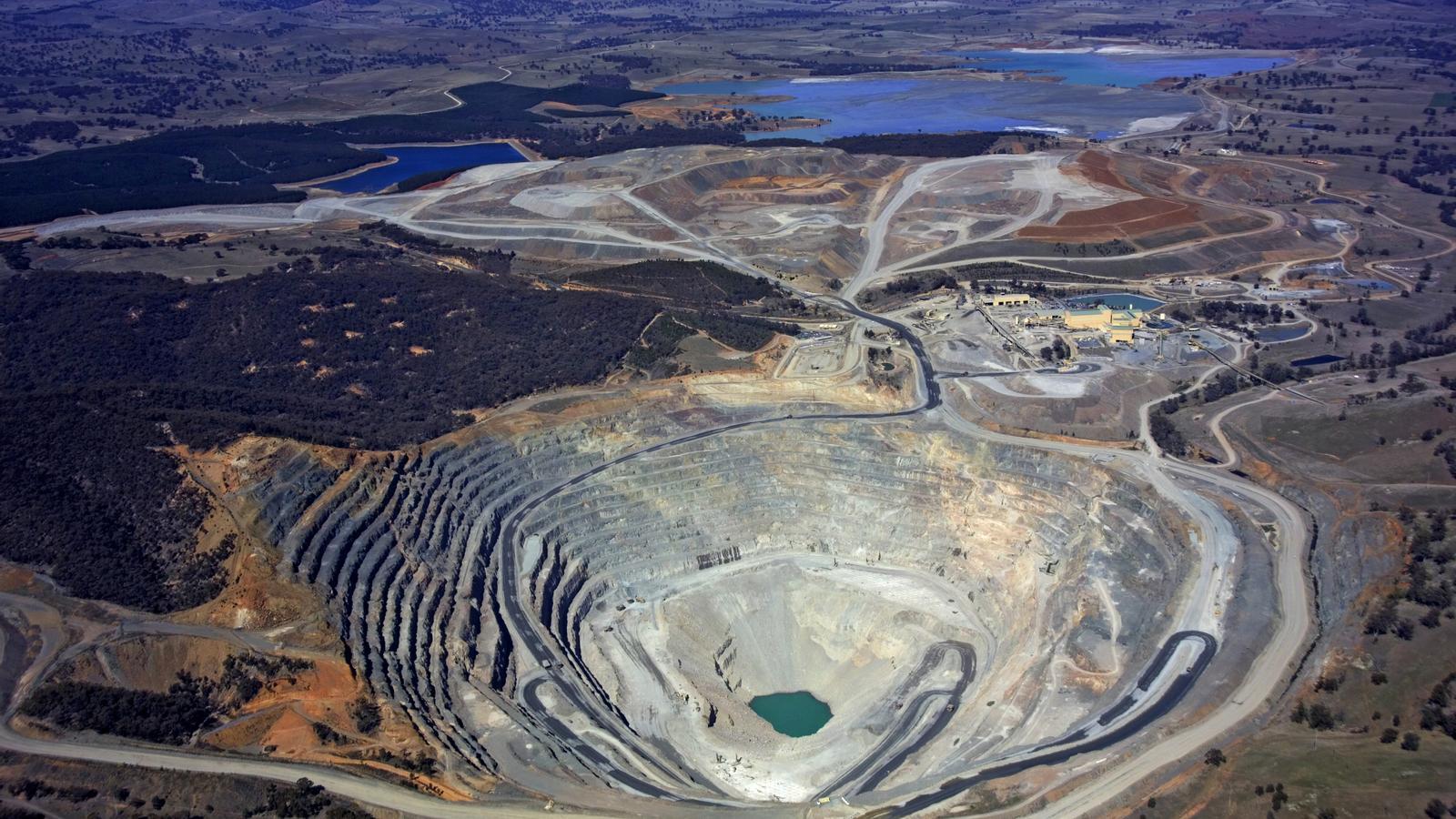Mining: Australia's gilded cage
The mining industry makes Western Australia the richest and most captive state in the country.

Sydney"We have the resources and intelligence to build a more sophisticated and sustainable economy, but we're addicted to that easy life," Australian writer Tim Winton writes via email. "It's painful for me to watch," he adds. Considered a living treasure of Australia—so much so that even a species of fish bears his name—Winton criticizes the economic model of his country's western state, which has experienced a cycle of mining-based expansion since the early 2000s.
This month, the government of Western Australia, one of the country's six federated states, led by Labor's Roger Cook, presented a budget dubbed the "locomotive of the nation." The accounts reflect a surplus of $2.4 billion, confirming Western Australia as the richest state in the country and with mining (and gas) as the most important sector "for decades to come."
But Winton believes that this territory has become a petro-state and that the government seems captive to fossil fuel corporations: "I'm not suggesting corruption, it's just that the Labor Party has internalized the propaganda of the big polluters," Winton adds. However, the government defends the sector: in written statements to ARA, Rebecca Tomkinson, CEO of the Chamber of Minerals and Energy of Western Australia, asserts that mining plays a "critical" role in decarbonization and defends projects such as the expansion of the East:2070 gas pipeline, which will allow the Karratha plant to continue supplying domestic and international markets for decades.
Woodside Energy, the Australian public oil exploration and production company, operates a plant next to the Murujuga Rocks, home to 50,000-year-old petroglyphs, which UNESCO this week designated as a World Heritage Site. Amid concerns about whether industrial activity was damaging Aboriginal heritage, a few months ago Environment Minister Murray Watt approved a 35-year extension of the company's license, until 2070.
A poisoned treasure
Specifically, mining contributes 16% of its revenue and represents 17% of the state's gross domestic product, five percentage points above the national average. In fact, in the last budget, of the €8.245 billion collected (€4.63 billion) in taxes, 80% came from iron ore. However, the sector only accounts for 11% of the wage base, and in Australia, 2.2%. Of the approximately 321,000 workers, 134,871 live in Western Australia.
For Saul Eslake, economist and vice-chancellor of the University of Tasmania, the country's richest state is so, "luckily," thanks to its resources (especially iron ore, but also gold, lithium, and gas), which have allowed it to benefit from the high prices paid by China during its urbanization.
Regarding these tax benefits, Eslake points out that Western Australia will receive up to 60 billion more from the common GST pot – similar to VAT, and at the same time the largest allocation of the federal government – thanks to changes included by the Morrison government in 2018: less taxes than the others," he concludes.
"Many companies have relocated their headquarters here, where the resources are located and they receive very favorable treatment from both sides of the aisle," notes Martin Brueckner, professor of sustainability at Murdoch University. In his view, despite the slowdown in the green transition, demand for minerals will remain high and suggests that gas will be the next cash cow: "Whether this is positive for society is a completely different question," he concludes.
Already in early 2020, a study by Harvard University's Growth Lab described the state as having the most concentrated economy in the last twenty-five years, and that between 2008 and 2016 Western Australia added three new products to its exports, while during the same period the state of Victoria added 76. In 2023, mining was the leading industrial sector in Perth, the capital of Western Australia, with 22% of economic activity.
"Australia could become a major mineral processor, something it hasn't wanted to do, and has instead handed that role over to China," says Ricardo Hausmann, director of Growth Lab from Boston. "Regions don't diversify by eliminating strong points, but by building on them," explains the former chief economist at the Inter-American Development Bank and Venezuelan minister.
Investment in image
"The resource sector invests huge amounts of money in building a social license" says Naomi Godden, associate professor at the Centre for People, Place and Plants at Edith Cowan University. Godden lists sponsorships of sport, culture, health services and schools: "The surf lifesaving program is sponsored by Woodside, and every child who participates wears a T-shirt: 'all over the place.'"
Specifically, during their investigation, they found that mining and energy corporations were funding self-proclaimed education programs to spread what Godden calls petropedagogy through materials created by Earth Science Western Australia: "Instead of focusing on the reality of climate change, fueled by fuel use, bike to school instead of driving," he notes.
"What makes it Texas is the shamelessness," writes Tim Winton. "It's become very vulgar. I find it shameful. But I'm afraid for my grandchildren. These people are a danger to my family, and yours," the writer adds.
